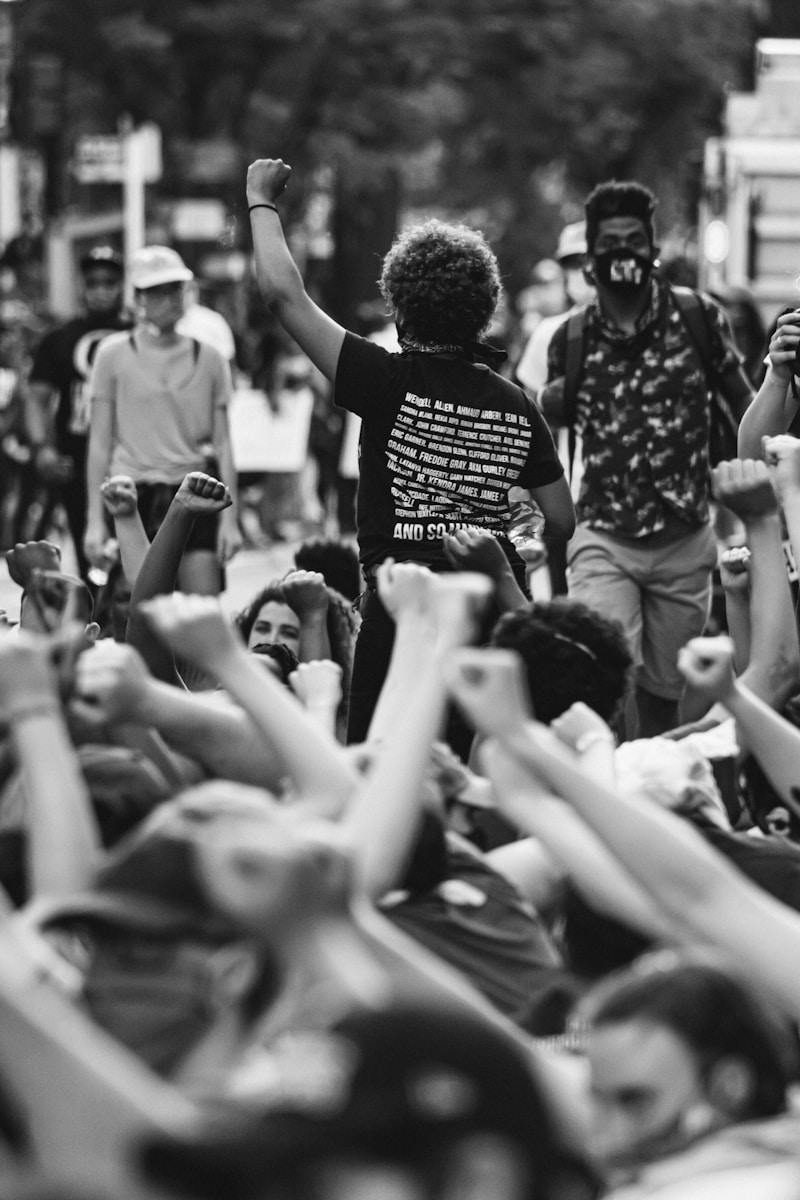Key Takeaways:
- The No Kings Day protests showed deep passion but need long-term structure.
- Movements must build leaders, clear demands, and funding to last.
- Conservatives won by creating lasting institutions; progressives can follow.
- Real change starts in local offices, volunteer groups, and steady campaigns.
Introduction
Last weekend, seven million people marched in the No Kings Day protests. They chanted, held signs, and sang songs of freedom. However, passion alone can’t win lasting change. Without organization, clear goals, and leadership, movements often fade.
Building on No Kings Day Momentum
Now that No Kings Day has energized millions, the next step is to turn that energy into structure. Protests light a spark, but organizations keep the fire burning. As Frederick Douglass said, “Power concedes nothing without a demand.” To win, we need a unified demand, repeated consistently.
Why Leadership Matters
Movements need public faces. Strong leaders attract media, guide volunteers, and set clear goals. When movements avoid leadership, they drift. Occupy Wall Street chose no leaders and lost focus. In contrast, Martin Luther King Jr. and SNCC leaders turned civil rights protests into laws and court victories.
Learning from Past Movements
Many mass protests have faded away. The Women’s March drew huge crowds but lacked ongoing local groups. Black Lives Matter shook the nation but lacked a single national strategy. SDS ended the Vietnam War because it had clear demands and a network of local chapters.
How to Build Structure and Strategy
First, set a single, specific demand. Instead of vague calls for “justice,” demand a law, a policy change, or a binding referendum. Next, form local chapters. Train volunteers to run meetings, raise funds, and recruit more members. Create a national council to coordinate actions.
Take Zohran Mamdani’s mayoral campaign as an example. He built a campaign team, raised small donations, and set clear goals for housing and policing. That kind of leadership shows how energy can lead to real power.
Taking Action Locally
Real politics happens in school boards, city councils, and county offices. Conservatives understood this decades ago. They staffed election commissions, won media outlets, and shaped local policy. Progressives often waited for Washington. To win, start at home. Volunteer for your local party. Run for your precinct committee. Join community boards.
Clear Goals for Change
Protest is not a policy. To defend democracy, demand:
• Small-donor public financing of campaigns
• Strong voting rights protections
• Antitrust enforcement to break up monopolies
• Guaranteed healthcare and education
• Protection of reproductive freedom
• Limits on dark money in politics
These goals shape strategy. Each campaign can adopt one or two targets and measure progress. Clear wins build momentum.
Strong Media and Narrative
The right built a media empire of talk radio, cable news, and think tanks. They controlled the narrative with facts and emotion. Progressives need strong media too. Support independent local newspapers. Fund investigative reporters. Train spokespeople to speak clearly and calmly. Tell stories of families harmed by broken systems.
Sustained Action with Purpose
Outrage on social media feels good but rarely changes policy. Real resistance uses strikes, boycotts, nonviolent direct action, and legal challenges. It combines public protests with door-to-door canvassing and phone banks. It holds elected officials accountable at every step.
Moreover, create training programs for new leaders. Teach organizing skills, fundraising methods, and message discipline. Build legal defense funds to protect activists. Plan for the off-season so the movement never rests.
Conclusion
The No Kings Day protests reminded us that America still cares about democracy. But feelings alone won’t save our republic. We must build institutions, elect leaders, and press for specific demands. We need a clear vision of the America we want and the tools to get it. If we organize in our neighborhoods, fundraise from small donors, and act with purpose, we can turn a single march into a lasting movement.
FAQs
How can I turn protest energy into real change?
Start by joining or creating a local chapter that focuses on one specific demand. Organize meetings, train volunteers, and raise funds to support long-term goals.
Why are clear demands so important?
Clear demands focus efforts and make it easier to measure success. They help volunteers, allies, and the public understand what you’re fighting for and why.
What role does local action play in national movements?
Local offices and community boards write and enforce many of the laws that shape daily life. Winning locally builds experience, networks, and momentum for larger campaigns.
How do we build strong progressive media?
Support independent news outlets and grassroots journalism. Donate to community newspapers, join listener-funded radio, and help train reporters to cover stories that matter.

